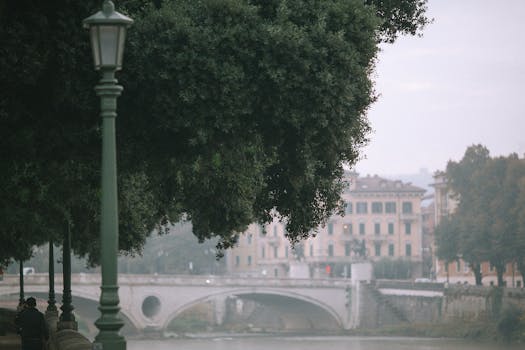
Urban Green Spaces: The Future of Outdoor Living in European Cities by 2025
Urban Green Spaces: The Future of Outdoor Living in European Cities by 2025 is becoming increasingly important as cities continue to expand and urbanize. These green spaces, ranging from parks and gardens to green roofs and walls, provide numerous benefits for both the environment and the people living in these cities. In this article, we will explore the significance of urban green spaces, their benefits, and how they are transforming the future of outdoor living in European cities.
Introduction to Urban Green Spaces
Urban green spaces are areas of vegetation and soil within cities, providing a natural escape from the concrete and steel that dominates urban landscapes. They can be found in various forms, including parks, gardens, green roofs, and walls. These spaces are crucial for maintaining ecological balance, mitigating the urban heat island effect, and filtering pollutants from the air. Moreover, they offer recreational spaces for residents, enhancing their quality of life and mental health.
Benefits of Urban Green Spaces
The benefits of urban green spaces are multifaceted, impacting both the environment and human well-being. Some of the key advantages include:
- Environmental Benefits: Urban green spaces help in reducing air pollution, mitigating the urban heat island effect, and managing stormwater runoff. They also provide habitats for urban wildlife, contributing to biodiversity.
- Health and Well-being: Spending time in green spaces has been linked to improved mental health, reduced stress levels, and enhanced physical activity. They offer spaces for recreation, social interaction, and community building.
- Economic Benefits: Urban green spaces can increase property values, attract businesses and tourism, and contribute to the overall aesthetic appeal of a city, making it more livable and attractive to residents and visitors alike.
Transforming Outdoor Living in European Cities
By 2025, European cities are expected to undergo significant transformations in how they approach outdoor living, with urban green spaces playing a central role. This shift is driven by increasing awareness of sustainability, environmental concerns, and the need for livable cities. Initiatives such as green infrastructure development, urban forestry programs, and community-led green space projects are becoming more prevalent.
Technological advancements, including smart city technologies and urban planning tools, are also being integrated to optimize the design, management, and maintenance of urban green spaces. This includes monitoring systems for air quality, soil health, and water management, ensuring that these spaces are not only aesthetically pleasing but also environmentally sustainable.
Conclusion
In conclusion, urban green spaces are pivotal for the future of outdoor living in European cities by 2025. They offer a wide range of benefits, from environmental sustainability and health improvements to economic advantages and enhanced quality of life. As cities continue to evolve, the importance of integrating and expanding urban green spaces will only continue to grow, shaping the livability, sustainability, and attractiveness of European cities for generations to come.






